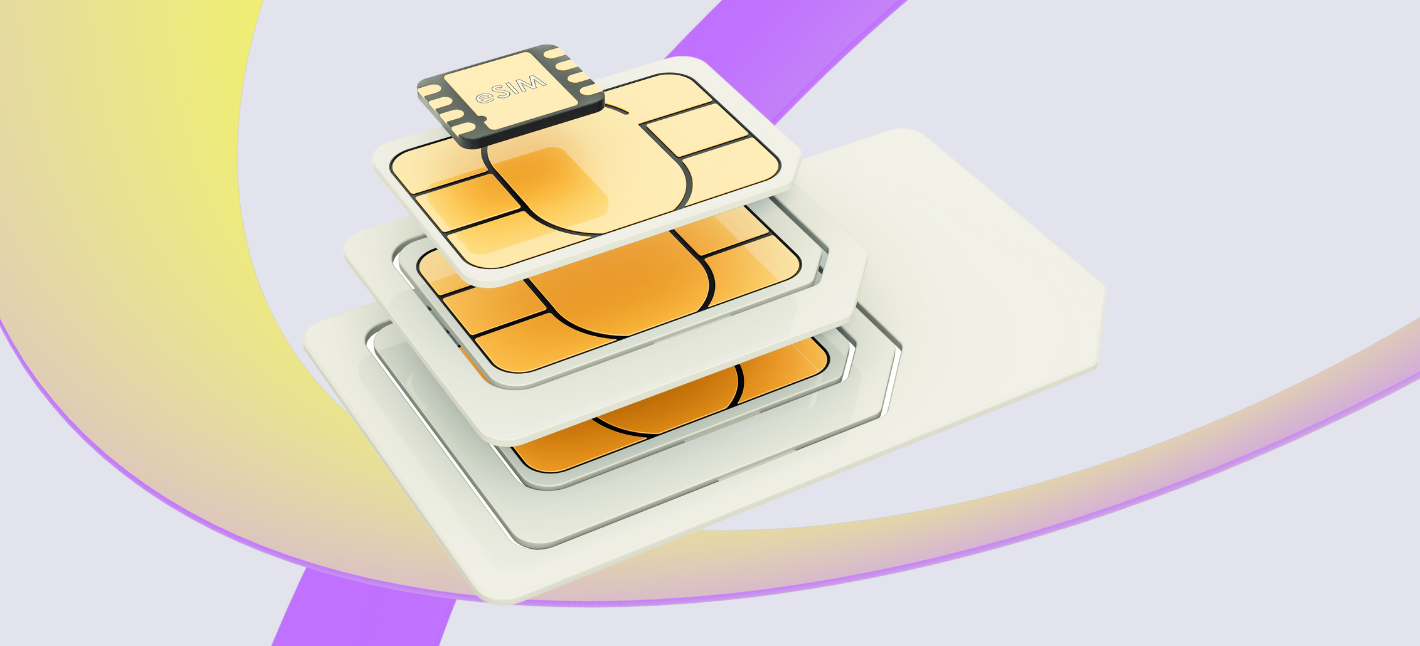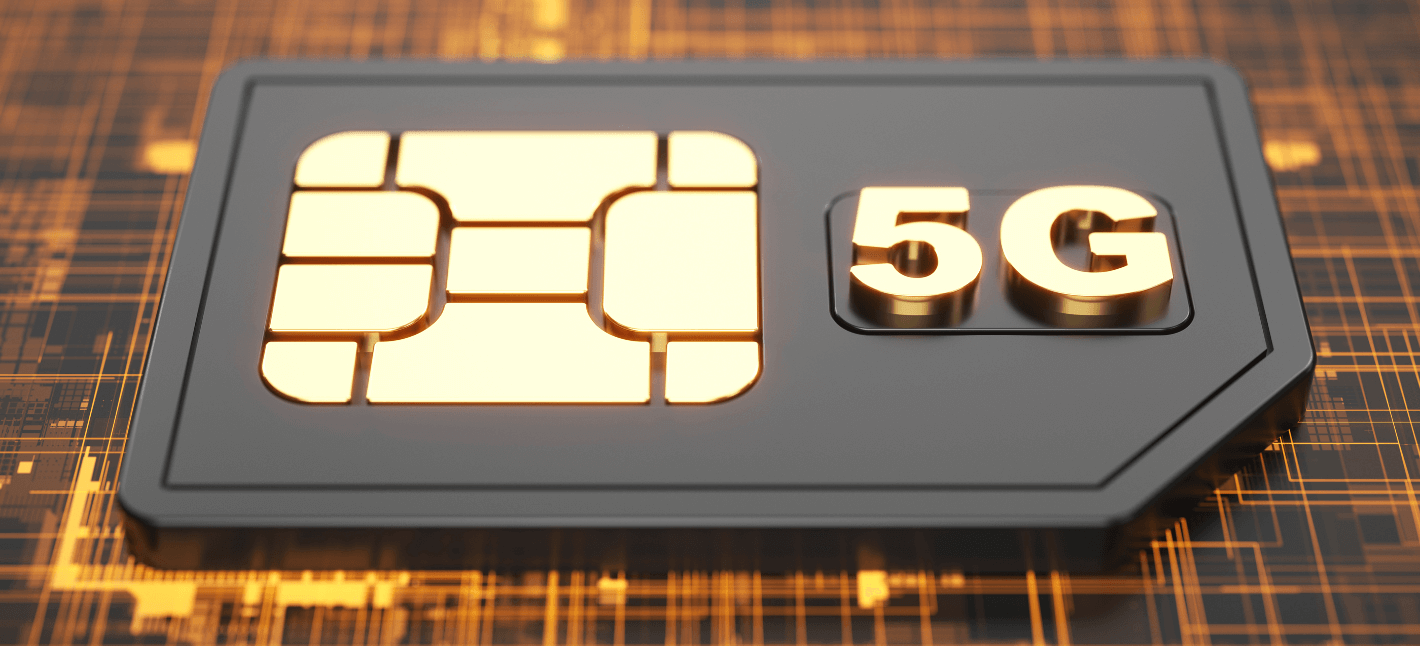IoT Connectivity Issues Simplifying Global IoT Connectivity with eSIM
The rising integration of the Internet of Things (IoT) in varied industries has compelled companies to re-evaluate their connectivity choices. Choosing the proper IoT connectivity is essential for guaranteeing seamless communication between gadgets and optimizing operations. The selections vary from cellular networks to low-power wide-area networks (LPWAN), and every has its personal set of benefits and trade-offs.
Businesses should first understand their specific use cases and requirements. Identifying the nature of the devices, the volume of data they will transmit, and the environments in which they may function is important. For occasion, units deployed in urban areas would possibly profit from cellular choices, whereas these in distant locations could require different connectivity options.
Cost is a major issue within the decision-making process. Different connectivity solutions include various pricing buildings, both when it comes to preliminary investment and long-term maintenance costs. It is crucial to carry out a cost-benefit analysis that factors in not simply the financial price but in addition the potential return on investment.
Another important side is the information price needs of your business. Certain functions, like video streaming or real-time monitoring, require high data charges, while others can function effectively with lower bandwidth. Understanding the data necessities will help in filtering out connectivity choices more quickly.
IoT Global Connectivity Comparison Guide for IoT Connectivity
Security is also a significant concern when choosing connectivity choices. With the rise of cybersecurity threats, companies must prioritize safe communication channels. Options that offer end-to-end encryption and built-in safety protocols can help mitigate dangers.
Scalability plays an important role as businesses develop and evolve. Choosing a connectivity solution that may accommodate future expansions is crucial. Connectivity that permits for easy addition of units or upgrades to technology can save time and assets in the long term.
Latency is a key issue for functions that require real-time data transmission. Industries corresponding to healthcare and autonomous vehicles need low latency for effectivity and safety. In such instances, connectivity options that supply minimal delay should be prioritized.
IoT Connectivity Policy Enhancing IoT Connectivity and Security
Network protection is one other side that cannot be overlooked. Businesses should consider the geographical areas during which their gadgets will operate. IoT solutions that provide extensive coverage across urban and rural settings could be notably advantageous, particularly for companies with a various operational footprint.
Compatibility with current techniques can additionally be significant. Organizations typically have pre-existing infrastructure that their new IoT options should combine with. Ensuring that a selected connectivity possibility can seamlessly connect with current technologies will save on time and prices related to extra growth.
IoT Connectivity Types Exploring the World of IoT Connectivity
Reliability is important for any business perform. A connectivity solution must preserve constant uptime and efficiency. Investigating the historical performance of every possibility in real-world situations may give businesses a clearer thought of reliability and assist inform their decision-making.
Finally, it's value contemplating the level of support supplied by connectivity suppliers. A companion that offers comprehensive customer support and technical help can make a substantial distinction within the implementation and ongoing operation of IoT solutions. This support can ease the transition and supply assistance when unexpected points come up.
IoT Sim Connectivity Strategies and Challenges of IoT Connectivity
In conclusion, the selection of the right IoT connectivity for your corporation is a multifaceted choice (Long Range IoT Connectivity). Evaluating all these factors—use case, cost, knowledge fee wants, safety, scalability, latency, network coverage, compatibility, reliability, and support—will ensure a well-informed and strategic method.
Though the landscape of IoT connectivity is complex, taking a systematic strategy will assist companies select the right solution tailor-made to their specific wants. By contemplating both present necessities and future development, firms can adopt a connectivity option that not only meets their present demands but in addition prepares them for the challenges and alternatives of tomorrow.
Connectivity Technologies In IoT Enterprise Managed IoT Connectivity Services
The evolving nature of IoT expertise implies that businesses should stay adaptable. Regularly revisiting connectivity selections can ensure that firms keep on the forefront of innovation while reaping the benefits of their investment in IoT.
Developing an intensive understanding of the obtainable choices and the actual wants of the business will lay a strong foundation for successful IoT operations. Implementing the proper connectivity setup serves because the spine for any IoT initiative, enhancing efficiency and effectiveness across varied functions.
IoT Connectivity Types Strategies and Challenges of IoT Connectivity
Ultimately, the best straight from the source determination can lead to improved operational performance, greater buyer satisfaction, and elevated competitive benefit in a rapidly altering market.
The emphasis on data-driven decision-making makes it imperative for companies to remain proactive in assessing their connectivity choices and evolving wants. IoT Connectivity Service Providers.
Choosing correctly at present will allow organizations to thrive in an increasingly interconnected world, maximizing the advantages of IoT expertise while navigating the complexities that include it.
- Assess the particular needs of your IoT application, similar to information speed requirements and system density.
- Consider the geographical coverage needed for your corporation; some connectivity options are limited to urban areas.
- Evaluate the info quantity generated by your gadgets to determine a suitable pricing model, whether it’s subscription-based or pay-per-use.
- Analyze the energy consumption of varied connectivity technologies, particularly for battery-operated gadgets, to prolong their lifespan.
- Examine the level of security each connectivity choice offers, making certain it meets trade compliance and protects delicate information.
- Investigate the reliability and uptime statistics of potential connectivity solutions to minimize downtime risks.
- Look into integration capabilities with existing systems, making certain a clean implementation with out main disruptions.
- Research vendor assist and community resources to resolve issues quickly and effectively throughout deployment.
- Take into account scalability options that allow for future growth and the addition of more linked gadgets seamlessly.
- Explore the latency necessities of your functions to make sure real-time information transmission is achievable.undefinedWhat elements ought to I think about when selecting IoT connectivity options?
Managed IoT Connectivity.
IoT Sim Connectivity Pros and Cons of Top IoT Connectivity Technologies
When selecting IoT connectivity choices, consider protection, data velocity, energy consumption, scalability, and the types of gadgets you may be utilizing. Evaluate whether you need wide-area connectivity or native networks, and think about future development as properly.
undefined
How do completely different IoT connectivity technologies compare?

IoT connectivity technologies range in vary, bandwidth, energy effectivity, and value. Technologies like LoRaWAN and Sigfox are nice for low-power, wide-area networks, whereas cellular options (e.g., 4G, 5G) offer higher data charges however at the next value and energy consumption.
IoT Connectivity Definition Global Managed IoT Connectivity Services
undefined
Is the value of IoT connectivity a major factor?
Yes, value is crucial. It contains setup, knowledge latency, and ongoing data expenses. Analyze the whole value of ownership over time, contemplating each initial and recurring bills to know better which possibility matches your business finances.
Wireless IoT Connectivity Quick Overview of IoT Connectivity Types
undefined
How essential is information security in selecting IoT connectivity?
IoT Connectivity Managementplatform Pros and Cons of Top IoT Connectivity Technologies
Data security is vital when selecting IoT connectivity. Look for technologies that offer end-to-end encryption and secure protocols to guard sensitive data from potential breaches. Prioritizing security may help guarantee compliance and build trust with prospects.
undefined
Should I prioritize speed or coverage for IoT connectivity?
It depends on your use case. If real-time data transmission is important, prioritize pace. If your devices are in remote places, protection might take precedence. Analyze your requirements to make an knowledgeable determination based mostly in your operational targets.
IoT Connectivity Management Future of IoT Technology Connectivity
undefined

How does scalability affect my IoT connectivity choice?
Scalability is important for link future progress. Choose connectivity that may assist an increasing variety of units with out vital additional prices or problems. Cloud-based options typically offer larger flexibility and ease of scaling.
undefined
IoT Connectivity Control Ultimate Guide to Cellular IoT Networks

What role does power consumption play in my IoT connectivity decision?
Power consumption is critical, especially for battery-operated devices. Technologies like Low Power Wide Area Networks (LPWAN) are designed for energy efficiency, allowing devices to operate longer between recharges, which is significant for remote or hard-to-access units.
Nb-IoT Connectivity Benefits and Use Cases of IoT Connectivity Technologies
undefined
Can I mix totally different IoT connectivity solutions for my business?
Yes, hybrid setups are common and can optimize efficiency. Combining multiple connectivity sorts (e.g., cellular for mobility and LoRa for fastened devices) can provide redundancy, enhanced protection, and better resource allocation relying on your needs.
IoT Connectivity Management Connectivity for IoT Products
undefined
How can I assess the reliability of an IoT connectivity provider?
Assess reliability by reviewing the supplier's monitor report, buyer testimonials, uptime guarantees, and help services. Check for trade certifications and performance metrics to make sure they meet your operational requirements successfully.